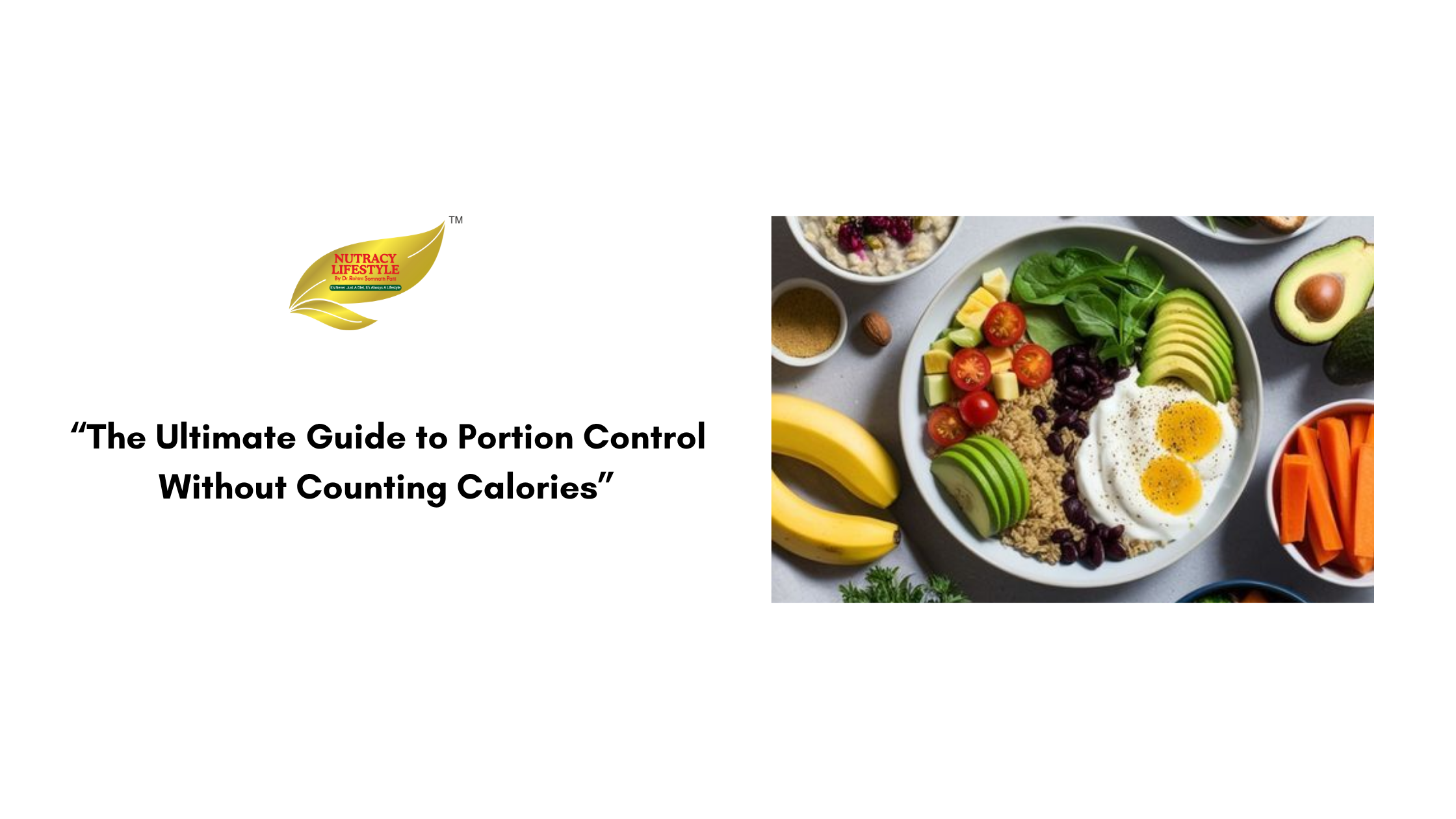Let's get real: calorie counting can be draining, impractical, and—let's be honest—not very long-term. The best news? You don't have to obsess about numbers to eat consciously and keep your weight in check. Portion control is a game-changer that allows you to listen to your body's actual needs, without the diet math.
Here's how you can do it—no calorie app needed.
1. Use Your Hand as a Measuring Tool
Your hands are a built-in, individual portion guide. Here's a clever, visual method of portioning meals:
- Protein (Palm): 1 palm-sized portion of protein foods such as paneer, chicken, fish, tofu, or eggs.
- Carbohydrates (Cupped Hand): 1 cupped-hand of rice, oats, roti, or potatoes.
- Vegetables (Fist): 1 full fist (or more!) of cooked or raw vegetables—non-starchy ones particularly.
- Fats (Thumb): 1 thumb-sized portion of oils, nut butters, or ghee.
2. Listen to Hunger Cues
Begin by asking yourself: Am I actually hungry, or bored, stressed, or thirsty? Eating slowly and chewing your food well enables you to feel when you're full—before you overeat.
Tip: Use the 80% rule—eat until you're 80% full. Your body will appreciate it.
3. Build a Balanced Plate
When each meal contains fiber, protein, healthy fats, and complex carbohydrates, your body is satisfied longer and you end up eating less naturally.
- Begin meals with protein and vegetables
- Include complex carbohydrates (such as millets or brown rice)
- Add a teaspoon of healthy fat
- This blend levels blood sugar and destroys cravings.
4. Mindful Eating Practices
- Eat from a table, not in front of a screen.
- Place your fork on the plate between bites.
- Drink water—thirst can masquerade as hunger.
These little changes recondition your brain to listen for true hunger, not emotional cues.
Final Thought
You don't have to measure each bite to eat intentionally. Portion control is not about quantity, but about quality, balance, and awareness—not about hard numbers. When you begin to honor your hunger and fullness, your body rewards with improved energy, improved digestion, and improved outcomes.

.jpg)
